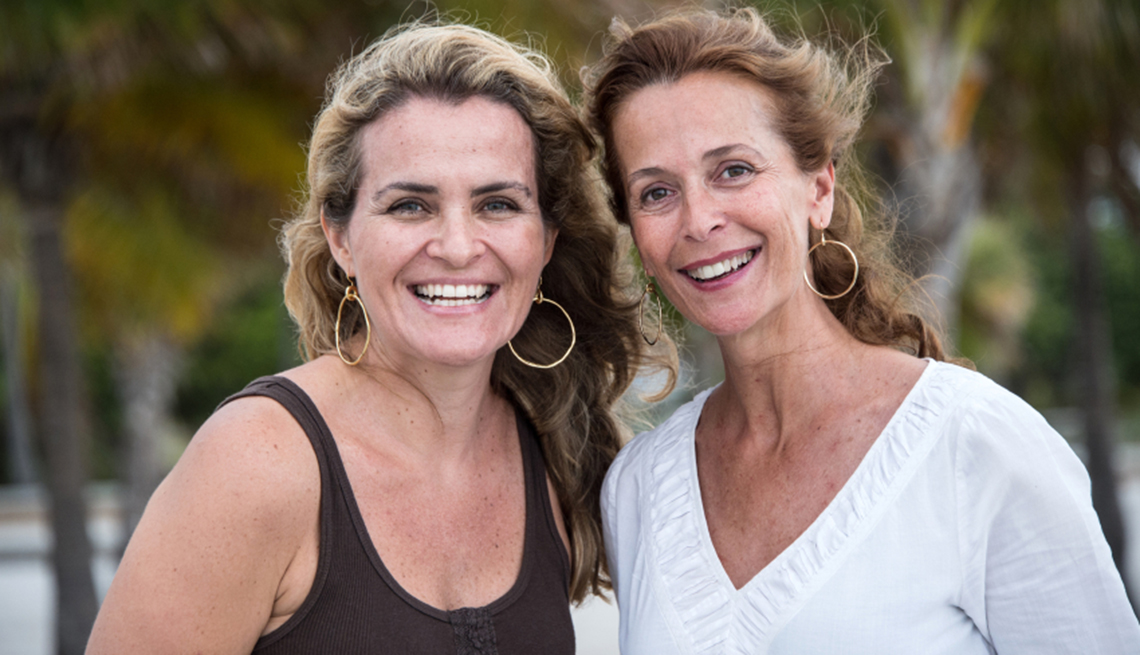
Changing sexual preferences and orientation after 50 - aarp everyw...
- Select a language for the TTS:
- UK English Female
- UK English Male
- US English Female
- US English Male
- Australian Female
- Australian Male
- Language selected: (auto detect) - EN
Play all audios:

A marketing expert, Susan was in a pleasant but not passionate heterosexual marriage at the time. She valued her extended family — husband, two children and their spouses, and four
grandchildren — more than anything else. Susan had never been unfaithful. She had never been attracted to another woman. But from the moment she and Violet began working together on a
project, sparks flew, shocking both women. A physical relationship of 12 years ensued. When Violet finally admitted to herself that the two women would never enjoy a fully realized
partnership, she ended the relationship. (Susan's husband knew about his wife's involvement and tolerated it, but neither he nor Susan was willing to jeopardize their close-knit
family relations.) Violet loved Susan with all her heart, but she did not define herself as gay in the wake of the affair — nor has she become involved in another same-sex relationship
since. Her "sexual turnaround" applied to Susan and Susan alone. Ned had been gay his entire adult life. Though he had a few sexual relationships with women in high school, he
never thought of himself as heterosexual or even bisexual: Ned liked women, but he loved men. When he was 29, Ned fell deeply in love with Gerry, a man 10 years older. They remained a couple
for 23 years, which included getting married in 2008, the year California first permitted same-sex unions. Like most spouses, Ned and Gerry had their ups and downs, but they always
considered their marriage rock-solid. Then, turmoil: Gerry was falsely accused of improprieties at work. Eventually, he was exonerated, but Gerry's legal defense took a toll — both
personally and financially — on the couple. To help restock their coffers, Ned entered graduate school, where he started spending a lot of time with fellow students. Before long, he had
fallen deeply in love with one of them, a woman named Elsa. Gerry was naturally stunned when Ned asked him for a divorce. The split unfolded amicably enough, but Gerry saw Ned's actions
as inconceivable and unexplainable. Within a year Ned and Elsa were married and had a baby daughter; their marriage remains strong today. These stories are unusual, but they are not unique.
They point up how imperfectly behavioral scientists understand what attracts us to a certain person at one time in our lives, but to a completely different kind of person at another. Violet
and Ned add two more bits of anecdotal evidence to our dawning understanding that many of us possess more sexual flexibility than we ever knew.
